A few days ago, we asked you the following question: would you be willing to play with a racket with no or almost no hole ?
We admit it, we expected a certain conservatism from players who – due to the strength of the market offer – all play with racquets with many holes: on average, there are between 40 and 70 in the best-selling palas on the market. Your answers show us, on the contrary, that lovers of padel don't shy away from innovation.
An unconditional “yes”
■ 100% yes.- To the question “Would you be ready to play with a racket that has no or almost no holes?”, we even obtained 100% affirmative answers. 60% of you still ask to be convinced by a test, while 40% answer with an unconditional “yes”.
■ From 15 to 68 holes.- Just as the magazine “Tintin” was presented as “the newspaper for young people aged 7 to 77”, our respondents oscillate between 15 and 68: we are not talking about their age, but the number of holes in their rackets. The average is 46 holes.
However, many of our readers didn't have the patience to count the exact number of holes in their pala and answered “don't know”, “no idea” or “many”. Moreover, some perhaps did not have... their eyes in front of the holes: thus this player who estimates at 20 the number of holes on his Head Electronics… while this model has 69! But for some, it is true, a good 69 can almost bring you back to your 20s…
■ Lightness, penetration and effects.- Let's come to our senses by studying your answers to the question "What do you think the holes in a racket are used for? padel ?” Hypothesis that comes up most often, the holes are supposed to reduce air resistance, promote penetration in the air and aerodynamics. Many of you also tell us that the holes are used to lighten the racket. Seb thinks that they are there to “avoid flying off with them”; the fact that he plays with a Babolat “Air” Viper may explain this aerial fantasy!
Furthermore, 30% of you think that the holes give more spin to the ball, while 10% of our respondents think it's just a matter of design or marketing.
■ True or false ? We had fun making a number of hypotheses about the supposed advantages and disadvantages of holes in rackets. As in the spontaneous responses, four out of five respondents (80%) believe that the holes promote penetration into the air. You are 55% to think that they lighten the racquet but 45% to believe that they can weaken it. As indicated above, three out of ten respondents see a link between holes and spin. And 25% think they can dampen vibrations.
On the other hand, certain hypotheses do not convince you: you are only 10% to believe that the holes can reinforce the vibrations, increase the power of a racket or make it heavier.
■ Especially to look pretty? Our questions which invited you to judge the credibility of certain pro-hole or anti-hole arguments confirm that, according to you, the holes have little effect on vibrations and that they serve “mainly to look pretty”, while lightening our snowshoes.
Soon a Head single hole
However, the idea that making holes necessarily lightens a racket remains to be demonstrated. Indeed, just as a convertible car is often heavier than the equivalent sedan, a racket with holes must include – to remain solid and rigid – structural reinforcements. However, these can weigh heavily on the scale.
This is what the latest novelty recently unveiled by the brand Head : a racket with a single hole, which already arouses curiosity and desire among players and journalists. This model, whose official name has not yet been made public, weighs only 345 grams but is said to be as solid and powerful as much heavier racquets. And it would have, according to the promoters of the Austrian brand, many other qualities still: our colleague Stéphane Penso will check it out soon.
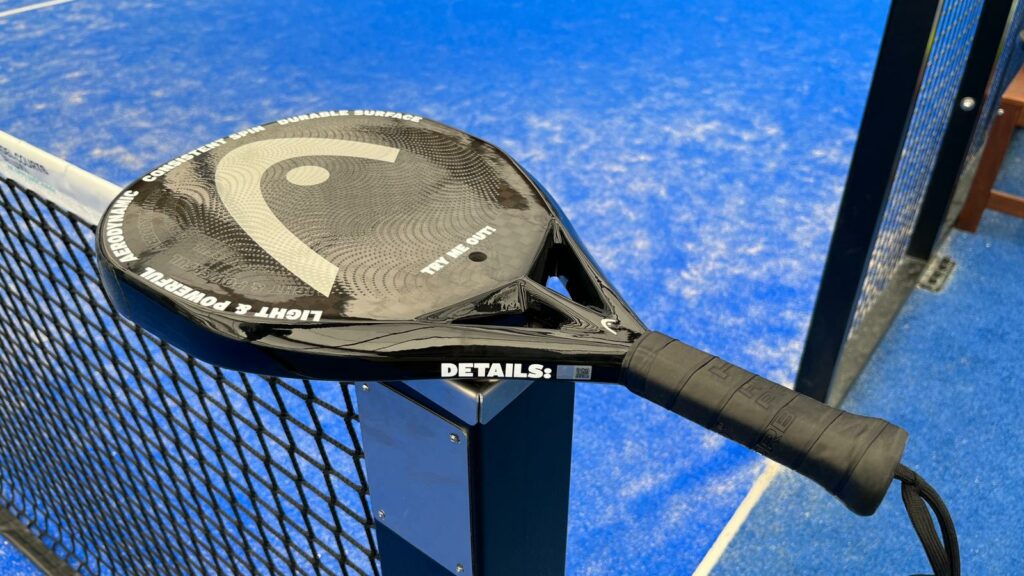
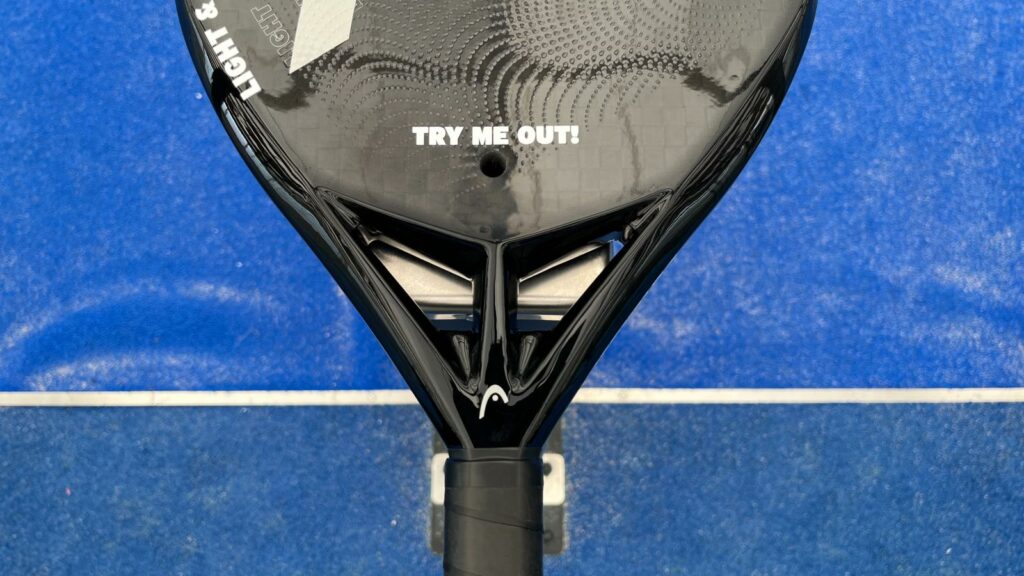
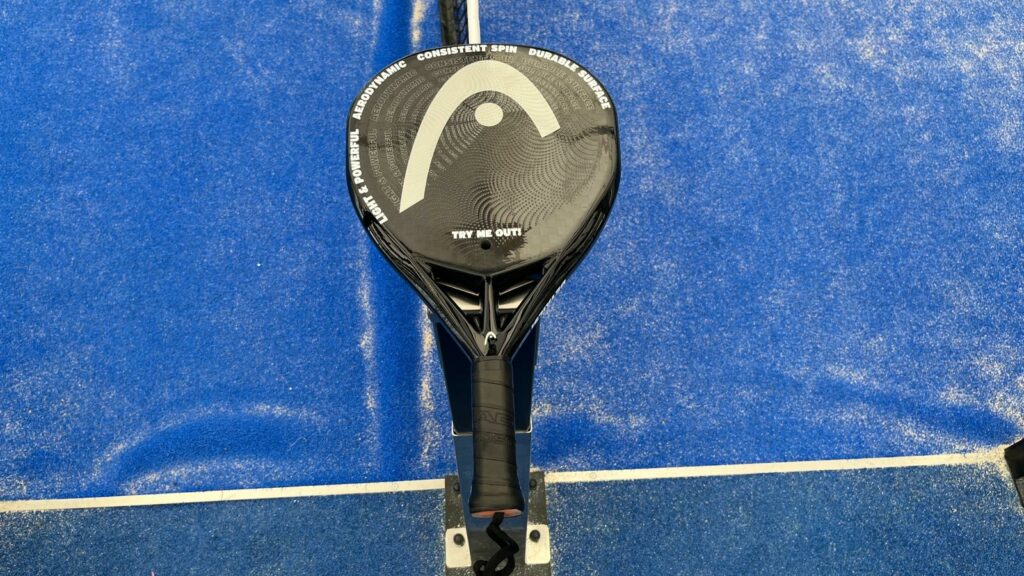
The future of our palas will depend on the commercial success of future rackets with almost no holes. And if it was soon the end of the holes in the padel ?
Read also our article on hole phobia ou trypophobia
After 40 years of tennis, Jérôme falls into the pot of padel in 2018. Since then, he thinks about it every morning while shaving… but never shaves pala in hand! Journalist in Alsace, he has no other ambition than to share his passion with you, whether you speak French, Italian, Spanish or English.





































































































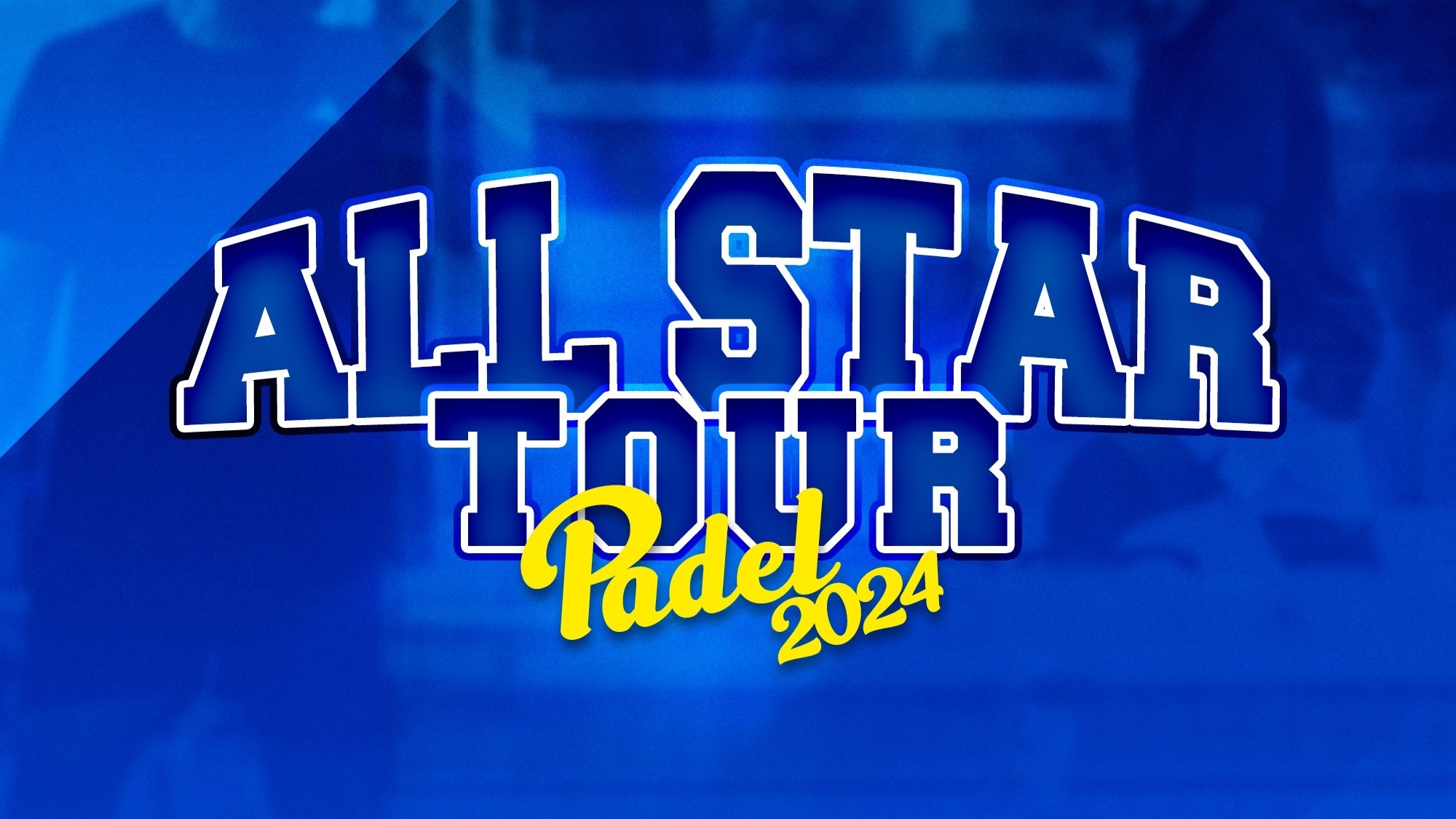 The All Star Tour returns on May 16 at the All In in Lyon
The All Star Tour returns on May 16 at the All In in Lyon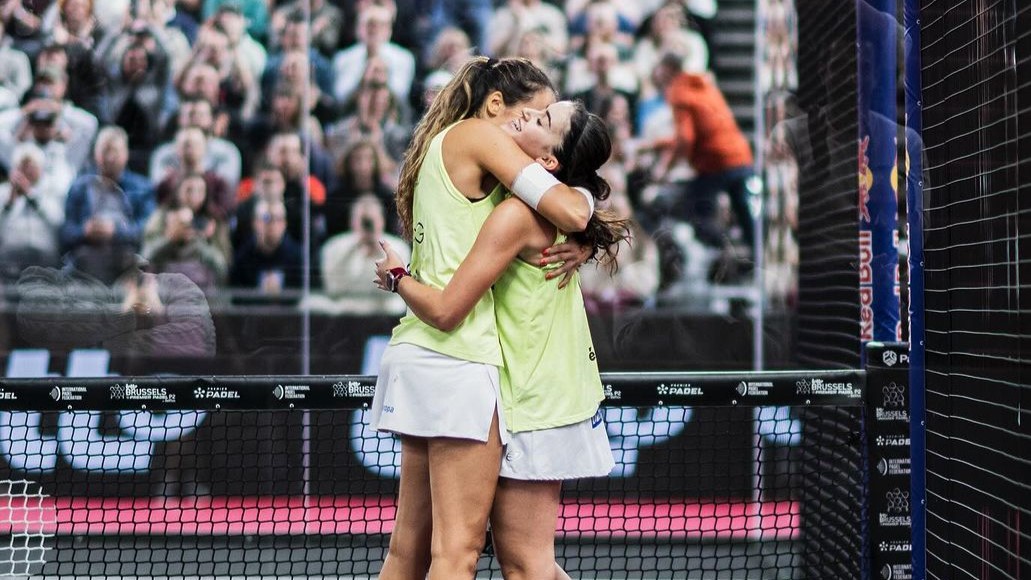 Premier Padel Brussels P2 – Gemma Triay and Claudia Fernandez return to the final
Premier Padel Brussels P2 – Gemma Triay and Claudia Fernandez return to the final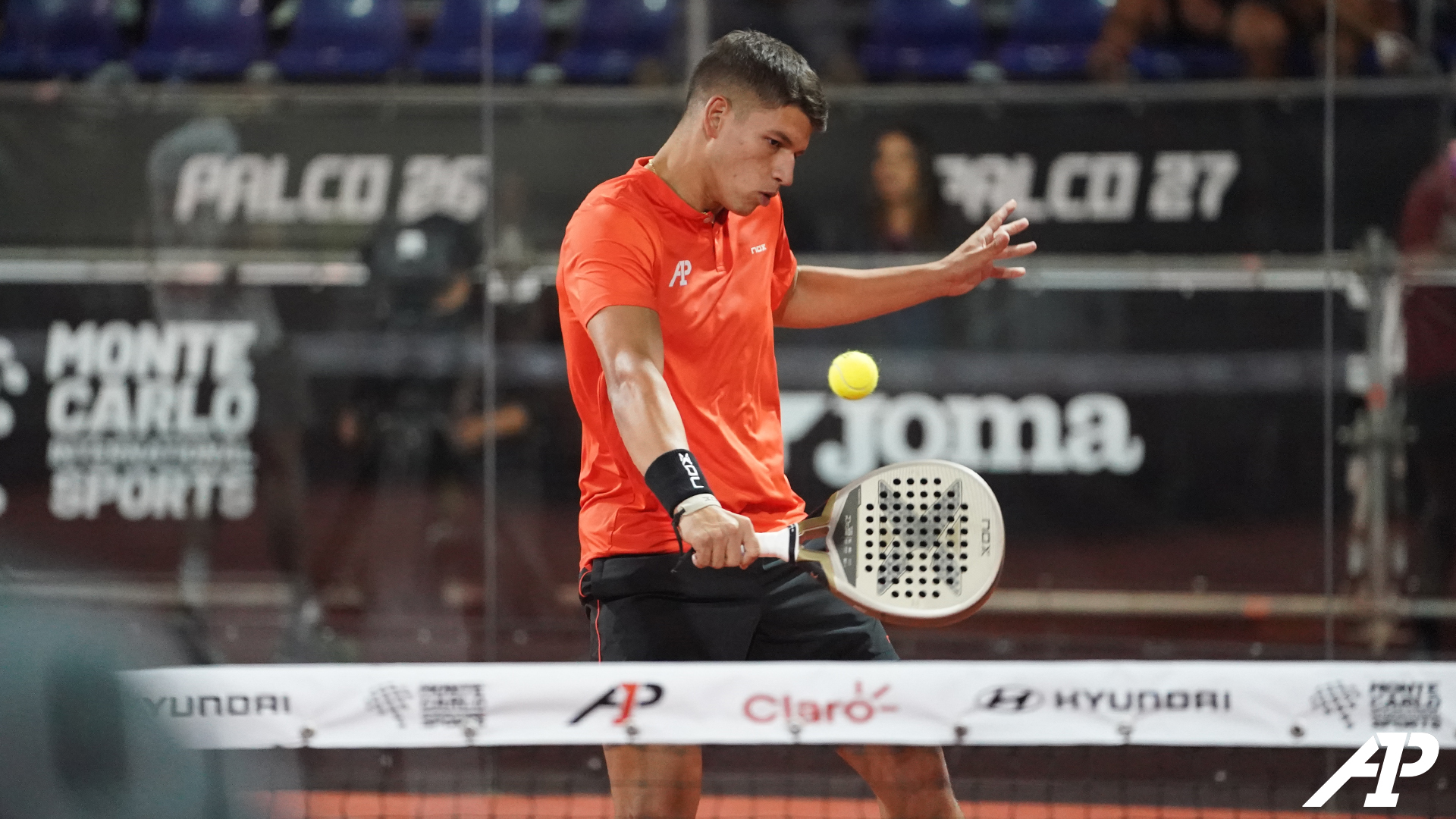 Martin Abud joins Team Nox
Martin Abud joins Team Nox Guillaume Codron de Sud Padel : “A family project”
Guillaume Codron de Sud Padel : “A family project” Nallé Grinda: “Democratize the padel in the USA with PadelX "
Nallé Grinda: “Democratize the padel in the USA with PadelX " Simon Boissé: “We know that there are two nations in front of us”
Simon Boissé: “We know that there are two nations in front of us” Marie Maligo: “This period of frequent changes of partners was beneficial for me”
Marie Maligo: “This period of frequent changes of partners was beneficial for me”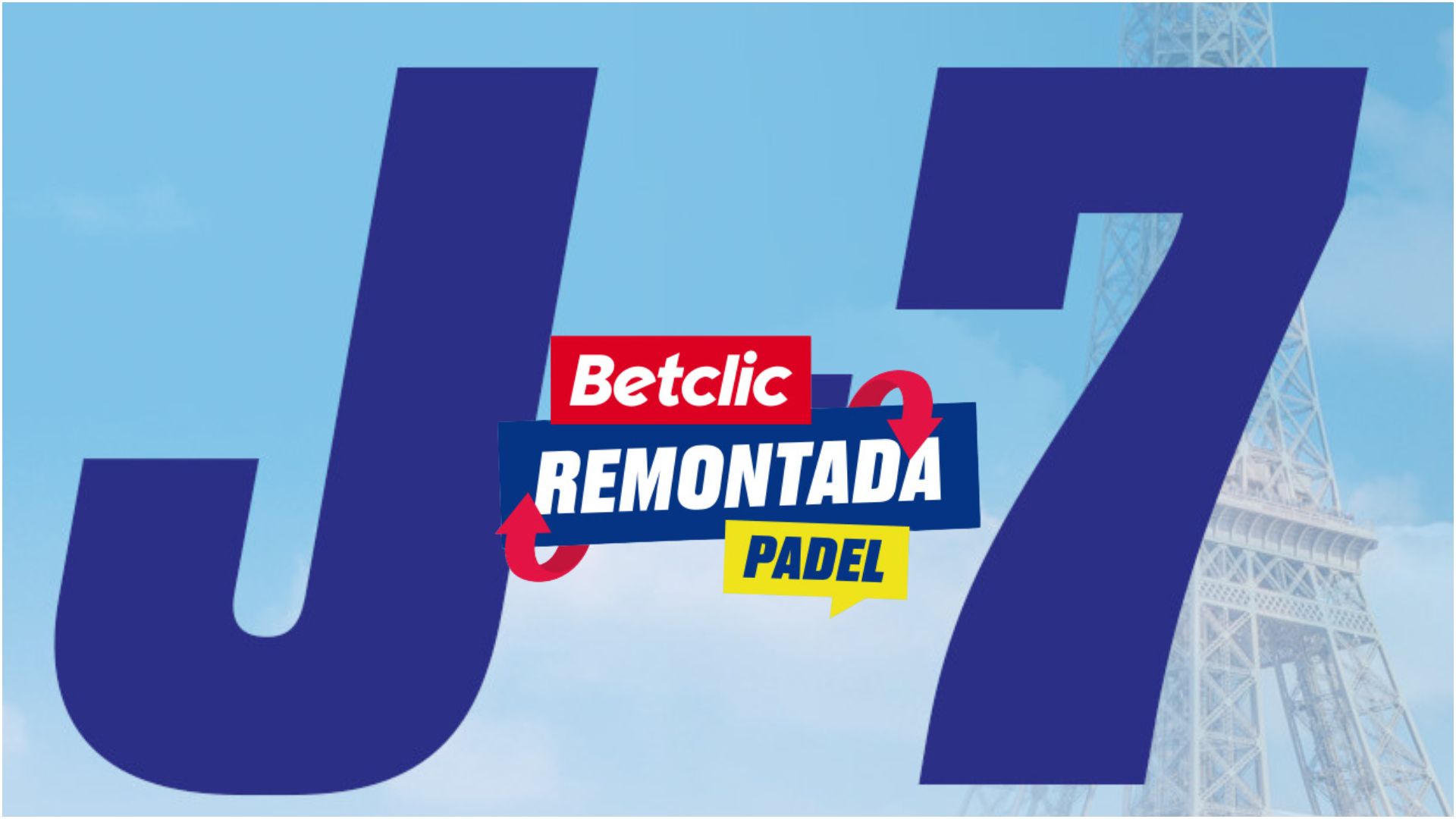 D-7 of the “BetClic Remontada Padel”, at the foot of the Eiffel Tower
D-7 of the “BetClic Remontada Padel”, at the foot of the Eiffel Tower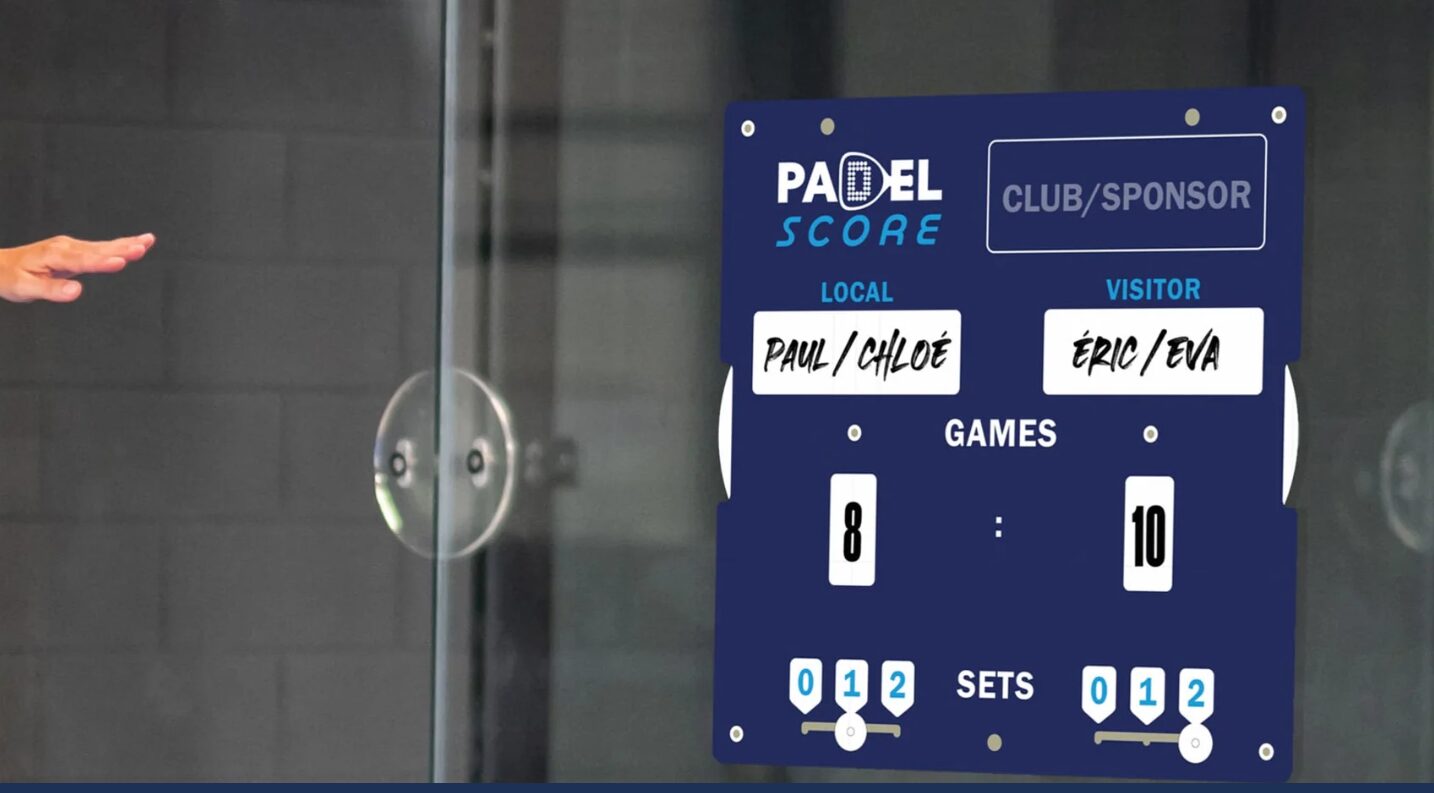 Padel Score: an essential table for keeping score
Padel Score: an essential table for keeping score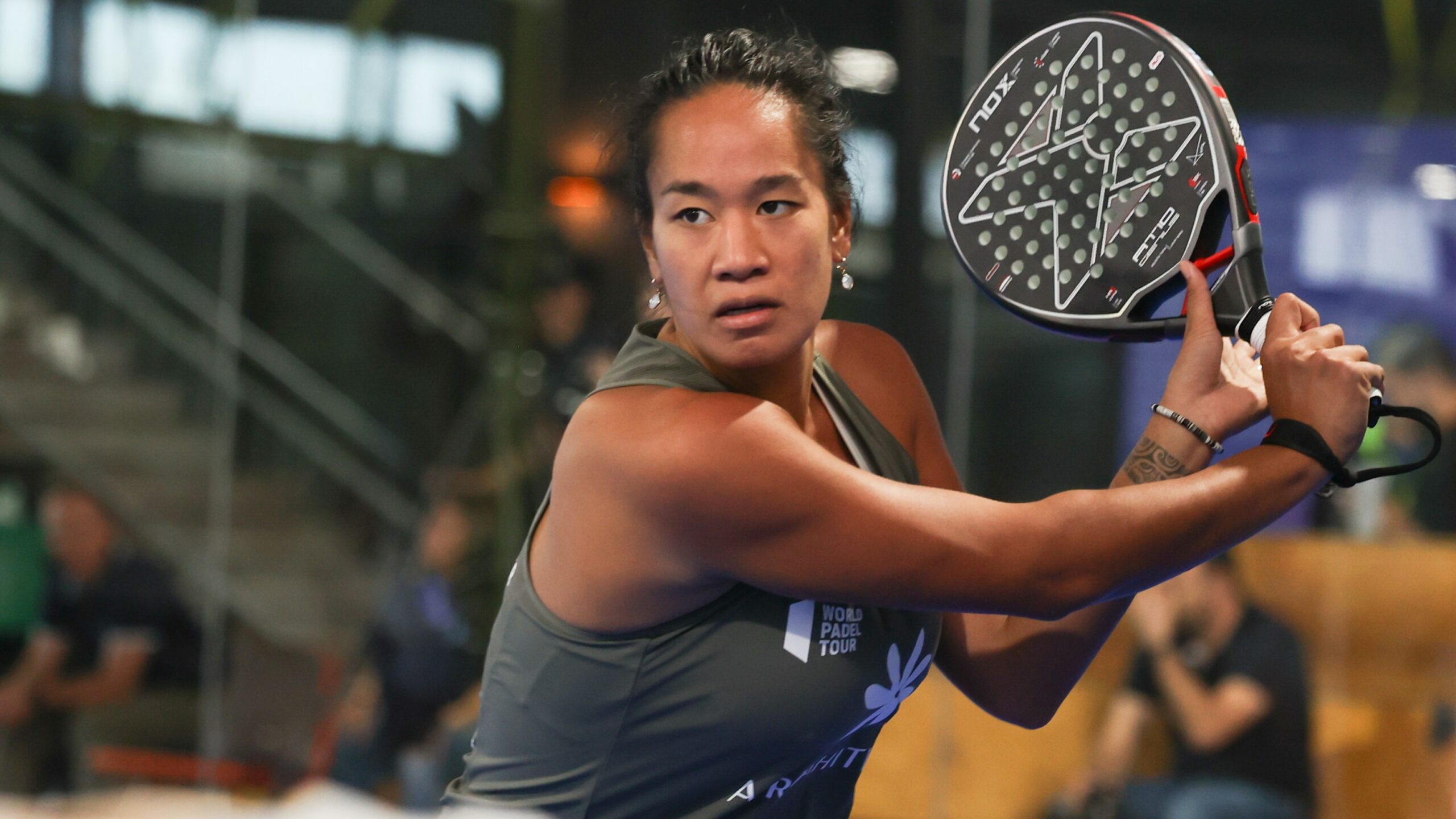 Léa Godallier makes her big return to the slopes this weekend
Léa Godallier makes her big return to the slopes this weekend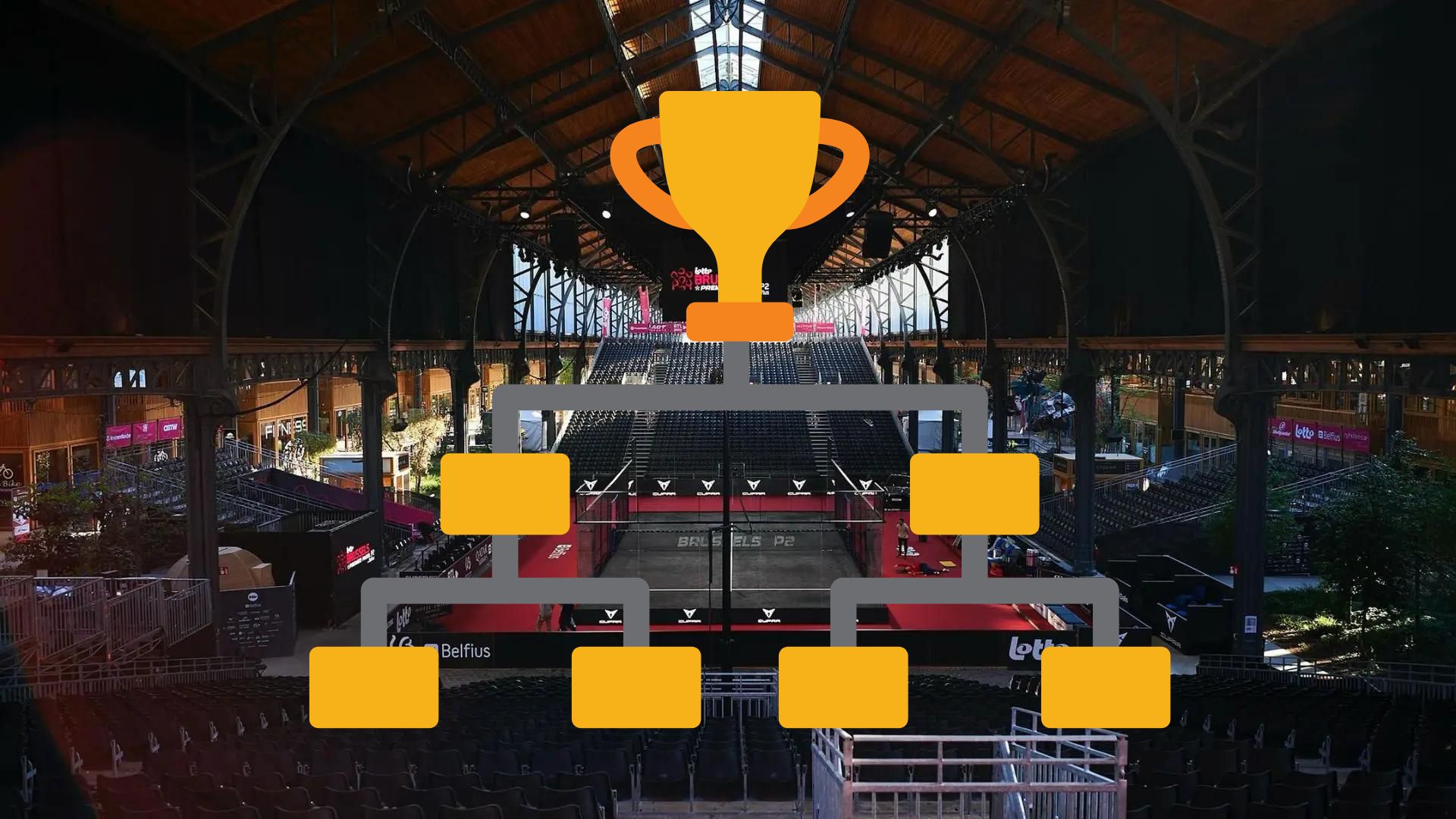 Premier Padel Brussels P2 – Time for the semi-finals!
Premier Padel Brussels P2 – Time for the semi-finals!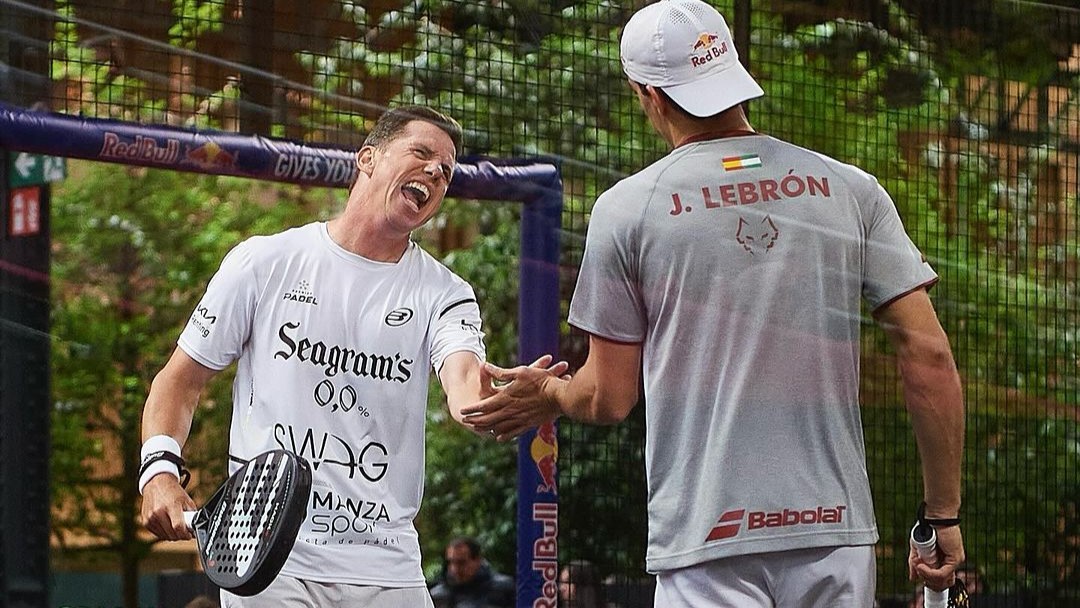 When will Lebron and Paquito split?
When will Lebron and Paquito split?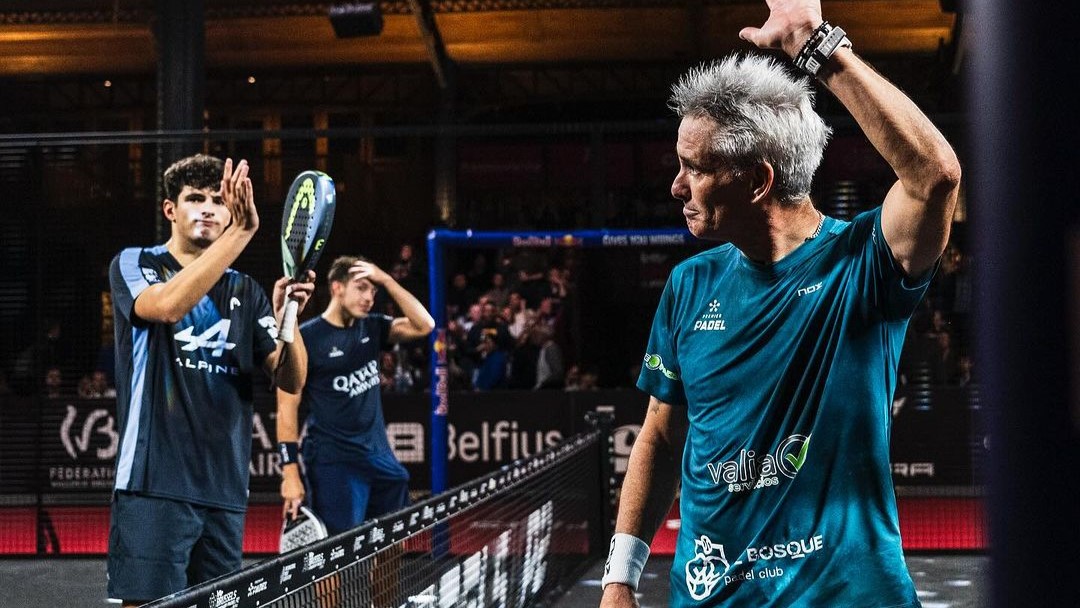 Premier Padel Brussels P2 – Coello and Tapia had to save two match points against Lamperti and Belluati to qualify in the half!
Premier Padel Brussels P2 – Coello and Tapia had to save two match points against Lamperti and Belluati to qualify in the half!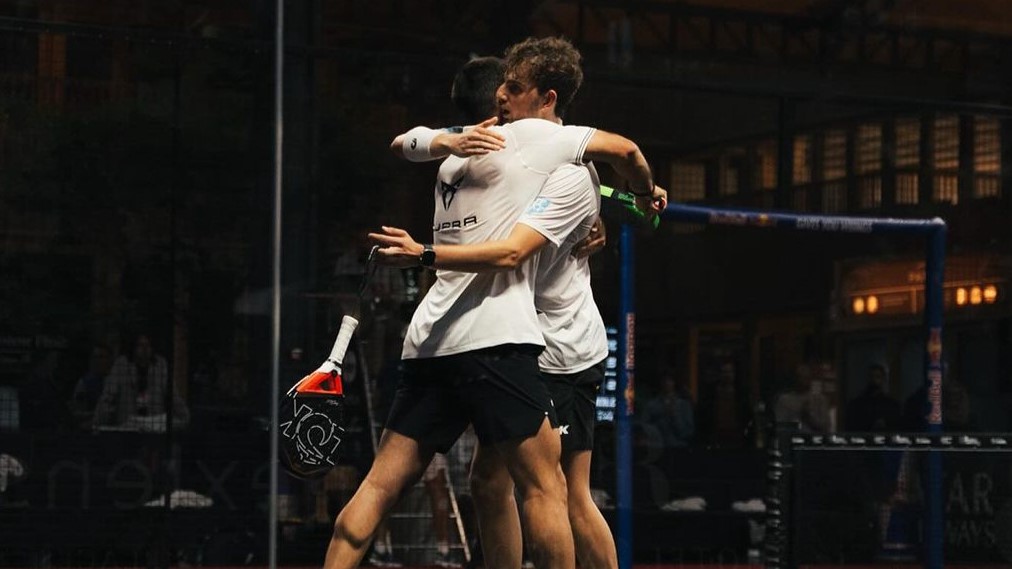 Premier Padel Brussels P2 – Mike Yanguas and Javi Garrido once again take the advantage over Stupa / Di Nenno
Premier Padel Brussels P2 – Mike Yanguas and Javi Garrido once again take the advantage over Stupa / Di Nenno José Manuel Escin at the inauguration of Casa Padel DOS: “Finally, and thank you!”
José Manuel Escin at the inauguration of Casa Padel DOS: “Finally, and thank you!” Padel Score comes to Tahiti for American Express Padel Cup!
Padel Score comes to Tahiti for American Express Padel Cup! Do you know the Rafa Nadal Academy Tour?
Do you know the Rafa Nadal Academy Tour? Play at padel on his yacht? Possible for €233.000!
Play at padel on his yacht? Possible for €233.000! Our Top 10 training courses padel in France and Europe
Our Top 10 training courses padel in France and Europe At the heart of padel – Episode 25: Paul and Andoni answer your questions
At the heart of padel – Episode 25: Paul and Andoni answer your questions Tactical padel – What to do when faced with players who systematically stay at the bottom?
Tactical padel – What to do when faced with players who systematically stay at the bottom? The basic tactics of padel
The basic tactics of padel At the heart of padel – Episode 25: Paul and Andoni answer your questions
At the heart of padel – Episode 25: Paul and Andoni answer your questions At the heart of padel – Episode 23: defend the window well
At the heart of padel – Episode 23: defend the window well Prohibition on playing topless Padel : the reasons
Prohibition on playing topless Padel : the reasons FIP Tour – Going far from Europe, THE strategy to earn points!
FIP Tour – Going far from Europe, THE strategy to earn points! What is a good football player? padel ?
What is a good football player? padel ? “Lefties give me headaches when I play against them!”
“Lefties give me headaches when I play against them!” At the heart of padel – Episode 14: how to earn points in winter?
At the heart of padel – Episode 14: how to earn points in winter? A par 4 is always a winner...even if you manage to defend it!
A par 4 is always a winner...even if you manage to defend it! Carbon fiber VS fiberglass: what to choose?
Carbon fiber VS fiberglass: what to choose? How to effectively test a racket padel ?
How to effectively test a racket padel ? La padel to fight Parkinson's disease
La padel to fight Parkinson's disease Don't play with a cracked or broken racket, your body will thank you!
Don't play with a cracked or broken racket, your body will thank you! Michel Cymes: “The padel, physically, it’s serious!”
Michel Cymes: “The padel, physically, it’s serious!” Jeremy Gala: “Promote the padel among young people in Belgium remains a challenge”
Jeremy Gala: “Promote the padel among young people in Belgium remains a challenge” The French Touch Academy organizes its selection day Padel-Study
The French Touch Academy organizes its selection day Padel-Study Report on the detection and training of younger generations
Report on the detection and training of younger generations